Easy 1200 Calories Diet Plan Indian Menu with Foods, Recipes & Tips
Follow an easy 1200 calories diet plan Indian menu with foods, recipes & tips. Get a simple chart to lose weight while enjoying tasty and healthy meals.
What if I told you that you can lose weight without giving up the taste of your favorite Indian food? Yes, with the right 1200 calories diet plan Indian style, it’s possible to eat well, stay full, and still shed those extra kilos.
Instead of starving or cutting out entire food groups, this plan shows you how to enjoy dal, vegetables, spices, and even snacks in the right amount. It’s not about eating less — it’s about eating smart, balancing nutrition, and cooking meals that keep your energy levels steady.
In this guide, you’ll find a simple Indian menu with foods, recipes, and tips. It will help you create a calorie diet plan that supports your weight loss goals while keeping your taste buds happy and your lifestyle sustainable.
What is a 1200 Calorie Diet Plan and How Does it Impact Your Health?
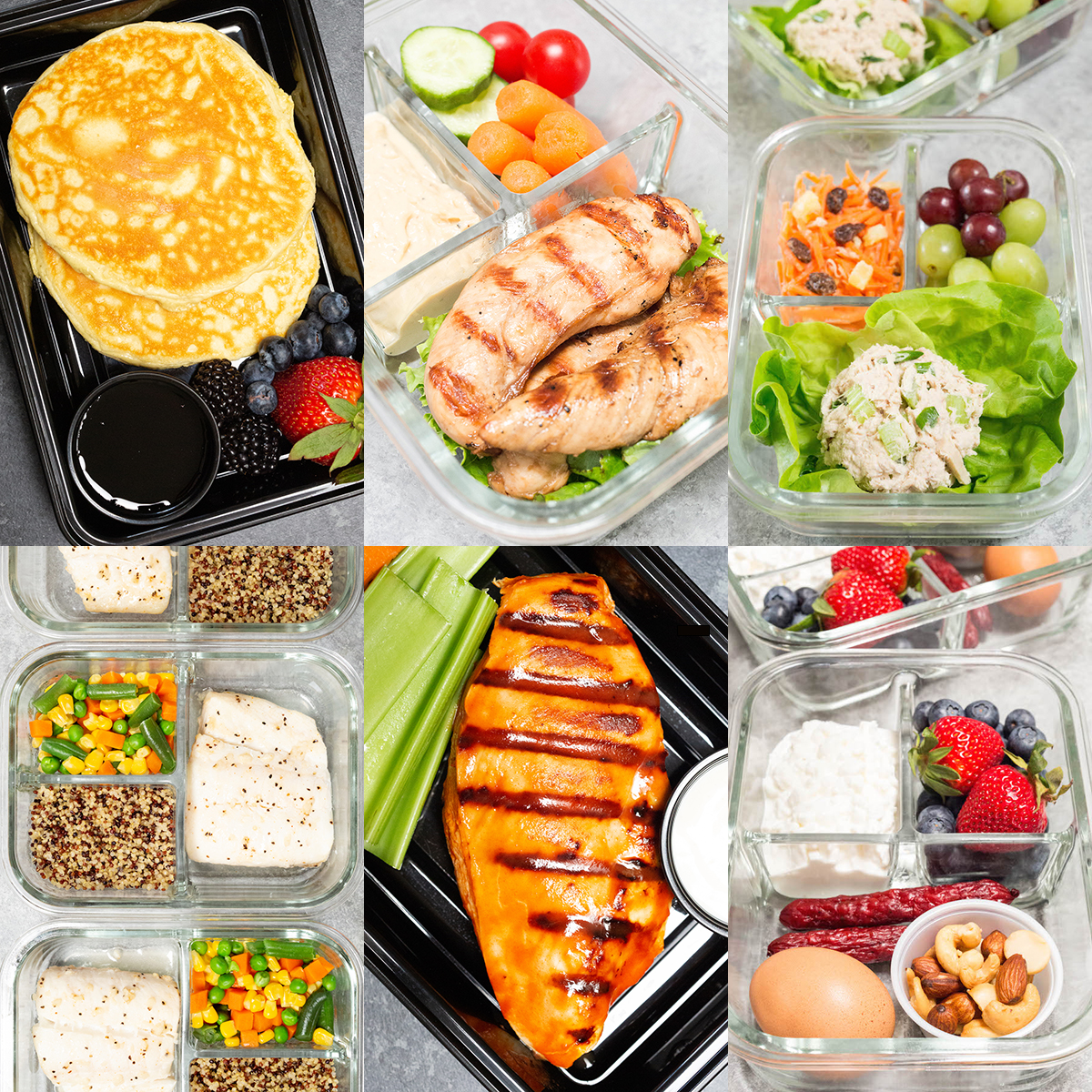
A 1200 calories Indian diet plan version is a type of low calorie diet where you eat around 1200 calories daily through a structured meal plan. It is often used for weight loss, but it must meet your nutritional needs to keep the body healthy and maintain good energy levels.
How a Calorie Deficit Supports Helps You Lose Weight?

When you eat fewer calories than your body burns, you create a calorie deficit. This makes the body use stored fat for fuel, which helps you lose weight. A 1200 calorie diet is one way to create this gap, but it should still give the right amount of nutrition.
-
Example: If a person needs 1800 calories but follows a 1200 calorie meal plan, the 600 calorie gap comes from burning fat.
-
Over time, this supports a safe weight loss journey and helps meet weight loss goals.
-
Adding protein, vegetables, fruits, and low fat foods keeps the plan healthy.
Benefits:
-
Improves metabolism when meals are well-balanced.
-
Can lower risk of health issues like diabetes when guided by a nutritionist.
-
Boosts energy and supports a better lifestyle.
Tips:
-
Use healthy cooking like steaming or cooking with a little olive oil instead of frying.
-
Small swaps like using lemon, honey, or spices (cumin seeds, cinnamon, a pinch of salt) add flavor without extra calories.
-
Having a mid morning snack like nuts, almonds, or a small 1 cup fruit bowl keeps you full and prevents fatigue.
Who Should Avoid a 1200 Calorie Diet Plan?

A 1200 calorie diet plan Indian chart is not for everyone. Some people may feel hungry, face fatigue, or miss out on nutritional balance if the meals are not planned well.
-
Women who are pregnant or breastfeeding should not follow this diet plan as their nutritional needs are higher.
-
People with health conditions like diabetes must consult a nutritionist before starting.
-
Those with very active lifestyles may need more energy and servings of food.
It is also not right for people who have a history of eating disorders or very low energy levels. They may not get enough protein, carbohydrates, or milk servings to keep the body strong.
Instead, they can create a balanced diet with enough meals—like breakfast, lunch, and dinner—along with healthy recipes. Adding food like lettuce, tomatoes, or vegetables with nuts and soda water as fillers can help with satiety without harming health.
Always remember: a 1200 calorie plan can support weight loss, but it must be the right fit for your life and nutrition.
1200 Calorie Indian Diet: Vegetarian, Non-Vegetarian & Vegan Meal Plans
A 1200 calorie Indian diet can be followed in different ways. You can prepare vegetarian, non-vegetarian, or vegan meals depending on your lifestyle and taste. Each version needs the right balance of calories, protein, and nutrients.
1. Vegetarian 1200 Calorie Meal Plan
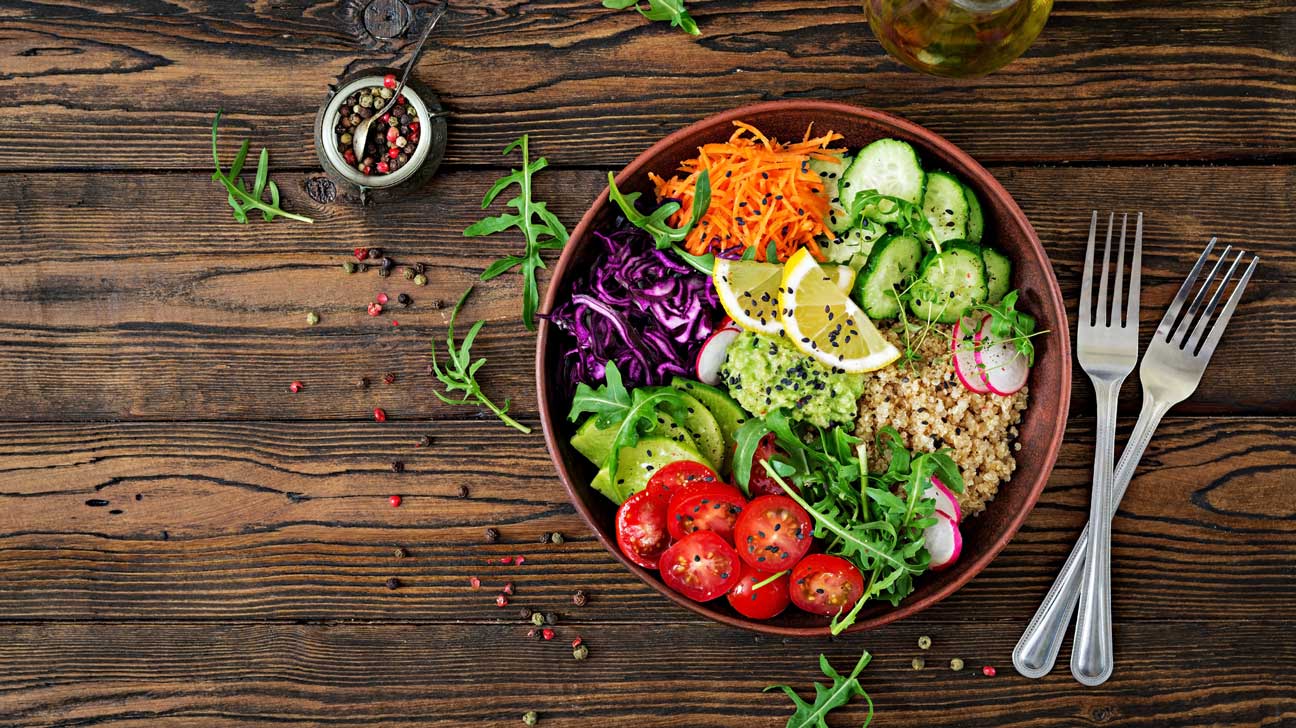
A vegetarian plan is rich in vegetables, dal, lentils, and dairy. These foods provide protein and fiber, which help you feel full even on fewer calories. A mix of whole grains like brown rice, chapati, and oats keeps the body energized.
-
Breakfast: Vegetable upma or oats porridge with milk and nuts.
-
Lunch: 2 chapati, 1 cup dal, a bowl of vegetables, and salad with lemon.
-
Dinner: Moong dal khichdi with curd and fresh vegetables.
When you prepare your meals, avoid too much oil and frying. Use olive oil in small amounts and cook till vegetables turn golden brown, not overcooked. This keeps the taste natural and helps retain nutrition.
Adding a mid morning snack like roasted chana, fruit, or almonds can prevent hunger. Dinner should be light and low fat so you maintain balance while following the calorie meal plan.
2. Non-Vegetarian 1200 Calorie Meal Plan
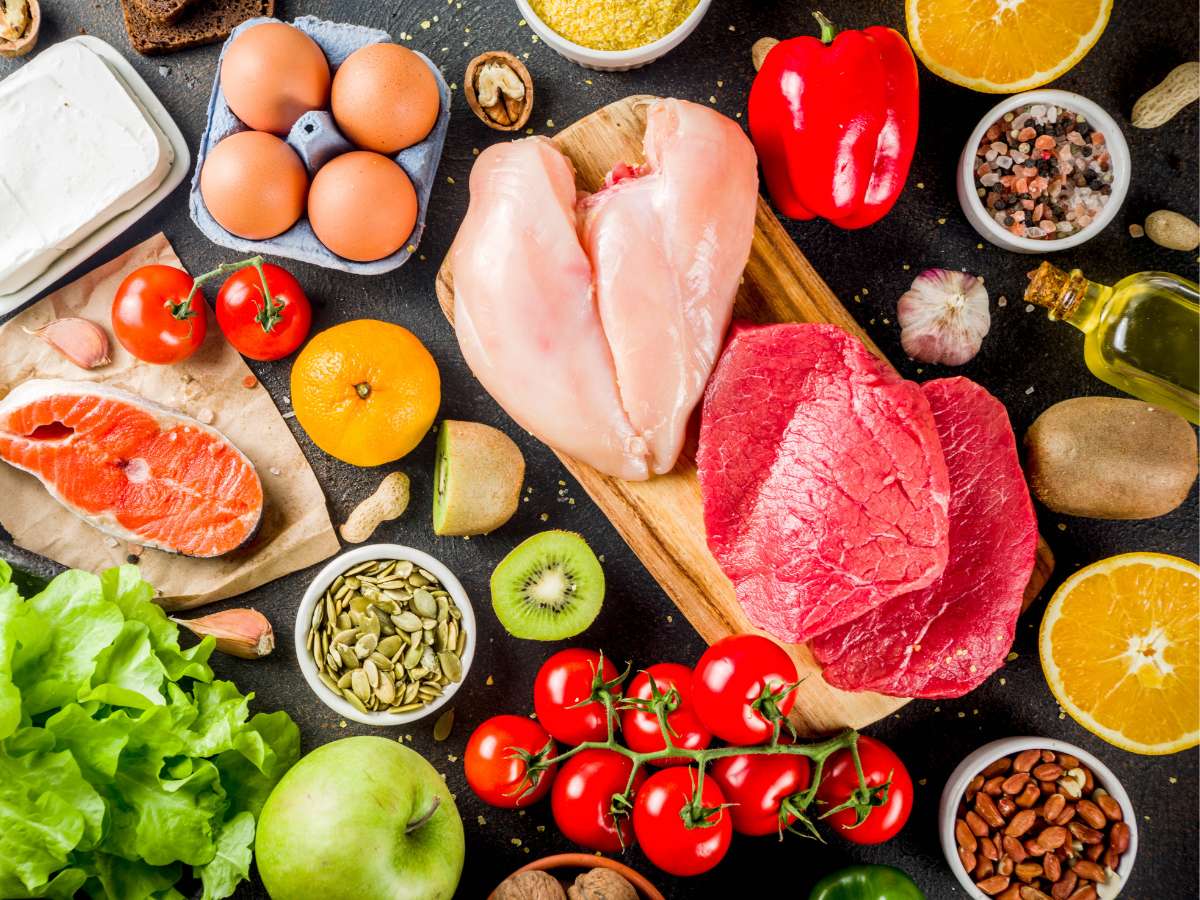
Non-vegetarian diets add lean protein like chicken, fish, or eggs to the Indian diet. This helps boost energy levels and supports weight loss goals while keeping meals satisfying.
-
Breakfast: 2 boiled eggs with tomatoes and whole wheat toast.
-
Lunch: Grilled chicken breast with brown rice, dal, and vegetables.
-
Dinner: Fish curry cooked with spices and lettuce salad.
Always prepare meals with less oil, spices, and salt to keep them healthy. A grilled or roasted method is better than deep-frying. Meat or fish should be cooked until golden brown, but not burnt, to keep the food tasty and safe.
Snacks like buttermilk, nuts, or a fruit bowl can act as mid morning snack options. This keeps you from feeling hungry and helps maintain a steady metabolism.
3. Vegan 1200 Calorie Meal Plan

A vegan plan avoids milk, curd, and eggs but still offers complete nutrition through legumes, soy, tofu, and vegetables. The diet is high in fiber and plant-based protein, which supports a healthy lifestyle.
-
Breakfast: Soy milk with oats, nuts, and fruits.
-
Lunch: Quinoa or brown rice with dal made from lentils and vegetables.
-
Dinner: Tofu stir-fry with spices like cumin seeds and cinnamon, paired with salad.
Prepare your meals with fresh vegetables, herbs, and light olive oil. Cooking tofu or vegetables till golden brown makes the dish more tasty without adding excess fat. This method of cooking also brings out flavor without harming nutrition.
Snacks like roasted makhana, fresh fruit, or almonds with honey and lemon water can help maintain energy and prevent fatigue.
Still unsure which plan works best for you? Visit Balance Bite for tailored meal ideas that fit your lifestyle and taste
7-Day Sample 1200 Calorie Indian Meal Plan Chart
Following a structured chart makes it easier to stay on track and achieve weight loss goals. These plans are designed after careful research on calorie needs and nutrition.
Vegetarian 7-Day Sample Meal Plan
Day 1
-
Breakfast: Vegetable oats porridge with milk
-
Mid morning snack: 1 cup fruit bowl
-
Lunch: 2 chapati + dal + salad with lemon
-
Dinner: Vegetable khichdi with curd
Day 2
-
Breakfast: Moong dal cheela with mint chutney
-
Mid morning snack: Roasted chana
-
Lunch: Brown rice + rajma curry + cucumber salad
-
Dinner: Upma with vegetables + buttermilk
Day 3
-
Breakfast: Poha with peas and lemon
-
Mid morning snack: Almonds
-
Lunch: 2 chapati + chole curry + tomatoes and lettuce salad
-
Dinner: Palak paneer (low fat) + 1 chapati
…and continue with similar options for Days 4–7 using healthy vegetables, sprouts, fruits, and simple recipes cooked in olive oil.
Non-Vegetarian 7-Day Sample Meal Plan
Day 1
-
Breakfast: 2 boiled eggs with whole wheat toast
-
Mid morning snack: Apple slices
-
Lunch: Grilled chicken breast + brown rice + dal + vegetables
-
Dinner: Fish curry (low fat) + lettuce salad
Day 2
-
Breakfast: Omelette with tomatoes and onions
-
Mid morning snack: Roasted nuts
-
Lunch: Egg curry with chapati + cucumber salad
-
Dinner: Chicken soup with vegetables
Day 3
-
Breakfast: Idli with sambar
-
Mid morning snack: Buttermilk
-
Lunch: Grilled fish with dal and rice
-
Dinner: Boiled eggs with stir-fried vegetables
…and similar balanced meals for Days 4–7, focusing on protein-rich foods cooked till golden brown with minimal oil.
Vegan 7-Day Sample Meal Plan
Day 1
-
Breakfast: Soy milk with oats and nuts
-
Mid morning snack: 1 cup papaya
-
Lunch: Quinoa + lentil curry + salad
-
Dinner: Tofu stir-fry with cumin seeds and vegetables
Day 2
-
Breakfast: Vegetable upma made with olive oil
-
Mid morning snack: Roasted makhana
-
Lunch: Brown rice + dal made from lentils + salad with tomatoes
-
Dinner: Vegan curry with chickpeas + chapati
Day 3
-
Breakfast: Smoothie with soy milk, banana, and almonds
-
Mid morning snack: Lettuce wraps with sprouts
-
Lunch: Vegetable pulao with tofu cubes
-
Dinner: Soup made with spinach, spices, and lemon
…and continue similar combinations for Days 4–7, using fresh vegetables, nuts, and plant-based protein to meet nutritional needs.
These sample plans show how simple Indian food can help achieve weight loss goals. A 1200 calorie diet chart is not about weakness or giving up taste, but about balance. With the right plan, you can enjoy food, stay healthy, and reach your goals in a sustainable way.
Weight Loss Plans: Key Pros and Cons to Consider
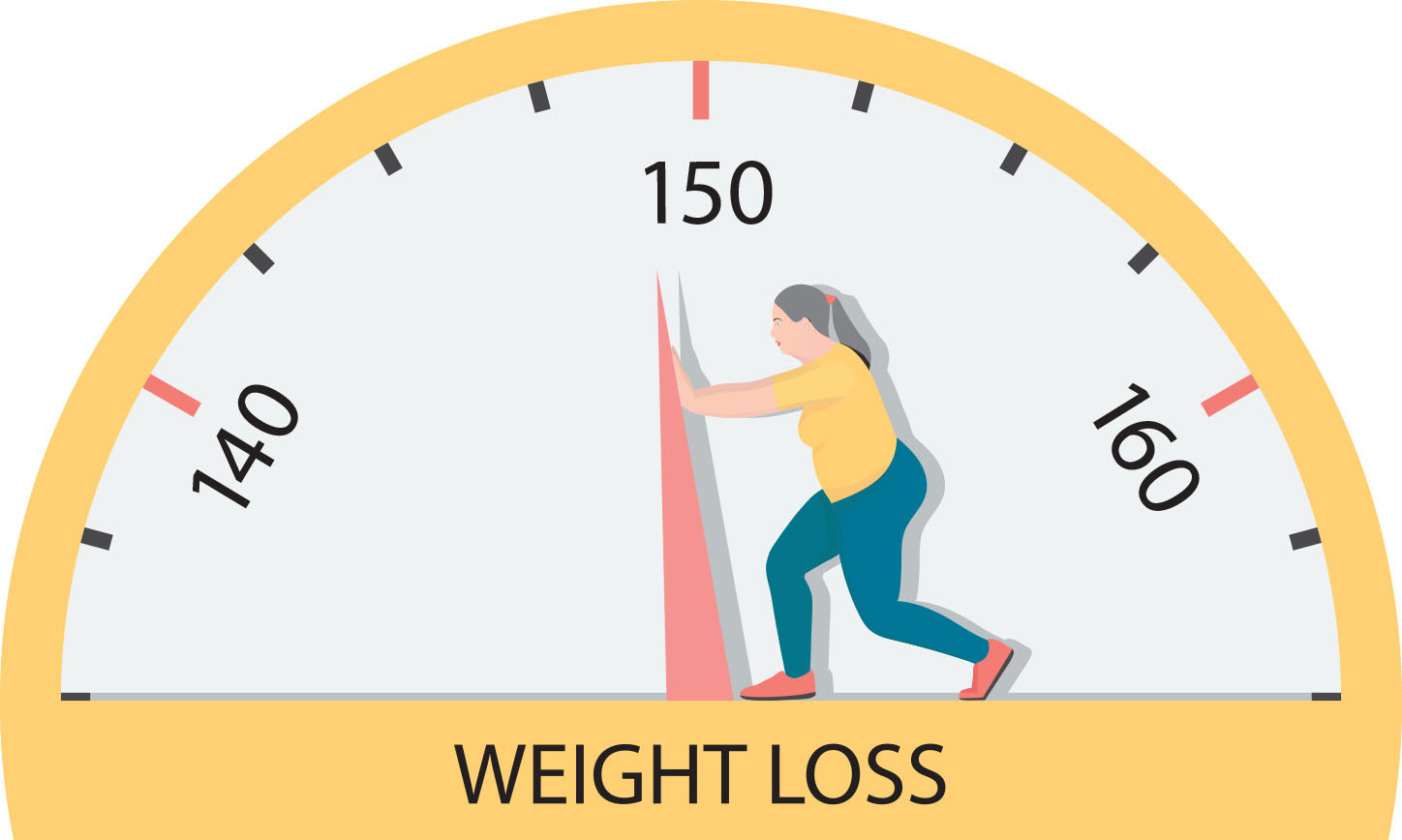
Every weight loss plan has good points and bad points. Knowing both sides helps you choose the right diet plan for your body, lifestyle, and goals.
Pros
Here are the pros you will face
1. Helps Create a Calorie Deficit for Effective Weight Loss
The main reason people follow a weight loss plan is to eat fewer calories than they burn. This gap is called a calorie deficit, and it makes the body use stored fat for energy. Over time, this leads to weight loss.
-
Example: If you need 1800 calories a day but follow a 1200 calorie diet plan, the body burns 600 calories from fat.
-
This method is proven to work when followed in a healthy way.
A calorie deficit also teaches discipline. It helps you understand how much food you really need and how to prepare meals in the right amount.
2. Encourages Mindful Eating and Portion Control
Weight loss plans often make you more aware of what and how much you eat. You begin to notice serving sizes and the balance of food on your plate.
-
Smaller plates, measured portions, and balanced meals help avoid overeating.
-
Paying attention to meals reduces junk food intake.
This habit of mindful eating improves your relationship with food. You learn to listen to hunger signals and avoid eating just for taste or boredom.
3. Improves Energy Levels and Overall Health
A good diet plan includes the right mix of protein, carbohydrates, and fat. Eating the right amount of each nutrient keeps your energy steady through the day.
-
Protein supports muscle repair.
-
Carbohydrates give energy for daily work.
-
Healthy fat supports the brain and hormones.
When meals are balanced, you feel active instead of tired. A proper plan can also lower risk of lifestyle diseases like diabetes or high blood pressure.
4. Can Be Customized to Fit Indian Diet Preferences
Weight loss does not mean giving up Indian food. You can adjust a calorie meal plan to include chapati, dal, vegetables, and spices.
-
Use olive oil in small amounts.
-
Add cumin seeds, cinnamon, and lemon for flavor without extra calories.
This makes the plan easy to follow for longer. You eat food that feels natural to your lifestyle and culture while still staying in calorie limits.
5. Builds Long-Term Healthy Eating Habits
A weight loss plan is not only about short-term results. It teaches you how to make better food choices that stay with you for life.
-
Choosing fruits instead of soda.
-
Adding vegetables to every meal.
-
Eating nuts instead of fried snacks.
These habits stay even after you reach your weight goals. They create a balanced diet that supports health and fitness in the long run.
Cons
Here are the cons you will face
1. Risk of Feeling Hungry Due to Low Calories
Eating fewer calories can make you feel hungry, especially at first. Hunger is common in low calorie diets like a 1200 calorie plan.
-
Small snacks like almonds, buttermilk, or fruit can help.
-
High fiber foods like oats, dal, and vegetables make you feel full longer.
If ignored, constant hunger can lead to overeating later, which slows down progress.
2. Possibility of Nutrient Deficiencies if Poorly Planned
If the diet is not balanced, you may miss important vitamins or minerals. For example, cutting fat fully can affect the body’s nutrition.
-
Protein, calcium, iron, and healthy fat must all be part of the plan.
-
Variety of vegetables and fruits help fill gaps.
This is why it is better to follow a balanced meal plan and consult a nutritionist when needed.
3. Can Be Hard to Sustain in Social and Cultural Settings
Following a strict plan is not always easy in social life. Indian diets often include festive meals, sweets, and family gatherings.
-
Saying no to food may feel rude.
-
Eating outside makes calorie control harder.
Planning ahead helps. You can prepare light meals before events or share smaller servings during parties.
4. May Cause Fatigue or Mood Swings Initially
A sudden drop in calories can lower energy and affect mood. The body needs time to adjust to a new plan.
-
Fatigue is common in the first week.
-
Mood swings may happen if you cut out favorite foods.
Adding mid morning snack or small healthy servings of nuts, fruits, or milk can help reduce weakness during this stage.
5. Not Suitable for Everyone (e.g., pregnant women, people with medical conditions)
Not every person can safely follow a strict weight loss plan. For example, pregnant women, breastfeeding mothers, and people with diabetes or chronic illness need more nutrition.
-
Always consult a doctor or nutritionist before starting.
-
Special needs must be met with the right amount of food and calories.
For these groups, a low calorie plan can cause risk to health instead of benefits.
Tips to Follow a Calorie Diet Plan Without Feeling Hungry
Eating fewer calories does not mean you have to stay hungry. With the right food choices and meal timings, a calorie diet plan can be easy and satisfying.
1. Add More Protein to Every Meal
Protein helps you feel full for longer and keeps your muscles strong while losing weight. A simple calorie meal plan with protein-rich food can make a big difference.
-
Add eggs, paneer, tofu, or lentils to meals.
-
A glass of milk or a handful of nuts with breakfast can prevent hunger later.
Protein also balances energy levels, so you don’t feel weak or tired after eating. This makes the diet easier to follow in daily life.
2. Choose High-Fiber Foods to Stay Full Longer
Fiber slows down digestion and keeps the stomach full for more time. This helps you eat fewer calories without feeling hungry.
-
Vegetables, whole grains, and fruits are good fiber sources.
-
Simple items like brown rice, dal, or lettuce salad with lemon add fiber naturally.
High-fiber meals reduce cravings and give steady energy. They also support good digestion, which is important in any diet plan.
3. Drink Enough Water and Herbal Beverages
Sometimes thirst feels like hunger. Drinking water often during the day helps control false hunger signals.
-
Keep a water bottle close and sip through the day.
-
Herbal tea or lemon water adds variety without extra calories.
This small habit supports metabolism, reduces fatigue, and keeps the body in balance. It is an easy but powerful step in weight loss.
4. Use Spices and Herbs to Satisfy Taste Buds
Indian diet is rich in spices, and they add taste without calories. Using herbs and spices can make simple meals enjoyable, so you don’t feel deprived.
-
Cumin seeds, cinnamon, and turmeric can make vegetables tasty.
-
A dash of lemon or honey in recipes lifts flavor.
Spices also support digestion and make meals feel satisfying even with fewer servings. They are a natural way to care for taste buds.
5. Plan Smart Mid Morning Snacks and Evening Snacks
Healthy snacks prevent overeating at lunch or dinner. A mid morning snack is especially useful to keep energy steady.
-
Options: roasted chana, almonds, or a small fruit bowl.
-
Evening snack: buttermilk, sprouts chaat, or makhana.
These foods are low fat and filling. They prepare you for the next meal without adding too many calories.
6. Eat Smaller Meals More Frequently
Dividing calories into small meals through the day keeps hunger away. The body gets steady energy instead of sudden highs and lows.
-
Example: breakfast, mid morning snack, lunch, evening snack, and dinner.
-
Each meal is light but balanced with protein, carbs, and vegetables.
This way, you do not feel hungry for long gaps, and your metabolism stays active.
7. Include Low-Calorie Soups or Salads Before Main Meals
Starting a meal with soup or salad helps reduce total calories. It fills the stomach and makes you eat less of the heavy food.
-
Clear vegetable soups with spices are easy to prepare.
-
Salads with lettuce, cucumber, tomatoes, and lemon are refreshing.
This habit supports weight loss goals without making you feel restricted. It is simple but very effective.
8. Avoid Empty-Calorie Foods and Sugary Drinks
Foods high in sugar or soda drinks give calories without nutrition. They also make you feel hungry again very soon.
-
Replace soda with lemon water or buttermilk.
-
Choose fruits over sweets or packaged snacks.
Avoiding empty calories protects health and makes your calorie diet plan truly effective. It is one of the most important steps in long-term success.
On Balance Bite, you’ll find even more snack hacks and cooking tips to keep hunger away without losing flavor
From Tired and Stuck to Energized: Anjali’s Balance Bite Journey

The Problem
Anjali, a 34-year-old marketing manager, struggled with her weight for years. Her main challenges were:
-
Irregular meal timings due to a busy work schedule
-
Frequent late-night cravings
-
Constant fatigue during the day
-
Repeatedly giving up on diets because they left her feeling hungry and frustrated
The Solution
When Anjali joined Balance Bite, we built a perfect diet plan tailored to her lifestyle. Instead of cutting out her favorite foods, the plan focused on:
-
Balanced meals with dal, vegetables, whole grains, and lean protein
-
Smart mid morning snacks like roasted makhana and buttermilk with chia seeds
-
Using light cooking methods with olive oil and Indian spices like cumin seeds and cinnamon
-
Keeping portions right so she could eat without guilt and still stay within her calorie goals
The Methods Used
To make the plan practical and sustainable, we guided her to:
-
Start her day light but filling with oats, milk, and nuts
-
Break her meals into smaller portions with breakfast, lunch, dinner, and snacks in between
-
Prepare meals in advance so long work hours didn’t lead to unhealthy choices
-
Swap fried food with grilled or golden brown roasted recipes
-
Stay consistent by tracking her progress and adjusting servings as needed
The Results
In just 10 weeks:
-
Anjali lost 7 kilos safely
-
Her energy levels improved and she felt active throughout the day
-
Cravings reduced, and she enjoyed food without feeling guilty
-
Most importantly, she learned that weight loss is not about strict dieting, but about eating smart and balanced every day
Balance Bite turned Anjali’s weight loss journey into a sustainable lifestyle—helping her feel healthy, confident, and in control.
Mid Morning Snack Ideas to Curb Hunger Without Harming Taste Buds
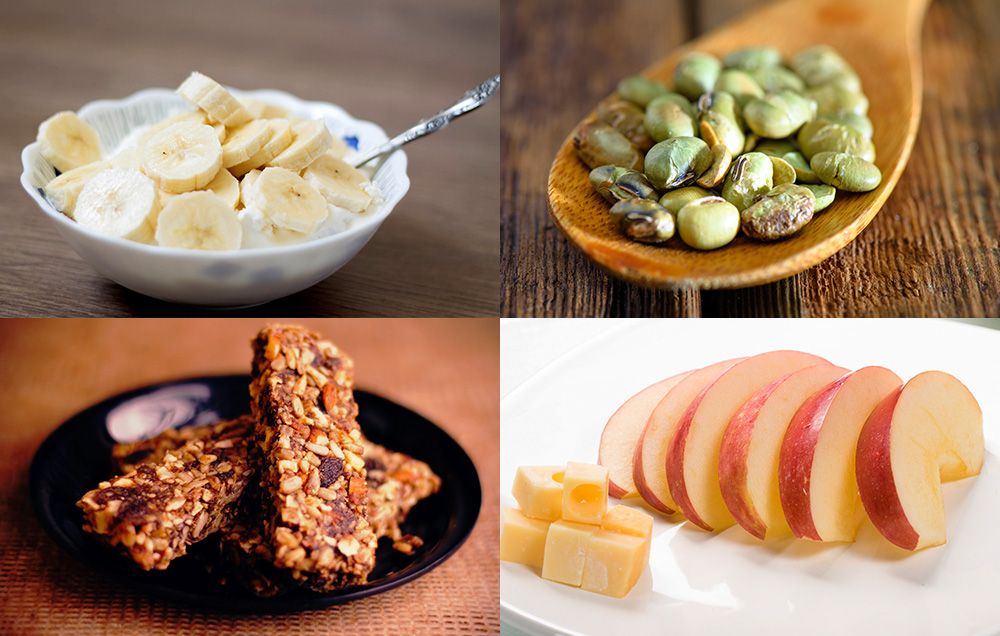
A mid morning snack helps you stay full, maintain energy, and avoid overeating later. Choosing smart, light foods keeps taste buds happy while supporting weight loss.
1. Sprouts Chaat with Lemon and Spices
Sprouts are high in protein and fiber, which help you feel full for longer. Adding lemon and spices makes the snack tasty without extra calories.
-
Rich in nutrition and easy to prepare.
-
Can be eaten fresh with cucumber, tomatoes, and a pinch of salt.
This is a simple option that keeps energy levels steady till lunch.
2. Roasted Chana or Makhana (Fox Nuts)
Roasted snacks are light yet filling. Chana and makhana are high in protein and low fat, making them perfect for a calorie diet plan.
-
Roast till golden brown for crunch.
-
Carry them in a small box for busy days.
They are portable, healthy, and satisfy cravings without harming the plan.
3. Buttermilk with Chia Seeds
Buttermilk keeps the body cool and aids digestion. Adding chia seeds increases fiber and keeps hunger away.
-
Low calorie but full of nutrition.
-
Easy to prepare at home with a pinch of cumin seeds.
This drink also helps balance metabolism and prevents fatigue in the middle of the day.
4. Boiled Eggs with a Pinch of Masala
Eggs are a quick protein source that fits well in a 1200 calorie diet. A small amount of masala adds taste without calories.
-
Easy to carry and eat anytime.
-
Keeps you full till the next meal.
Eggs support muscle repair and are one of the simplest snacks in a weight loss journey.
5. Fresh Fruit Bowl with Papaya, Apple, or Berries
Fruits give natural sugar, fiber, and vitamins. They are light on calories but rich in health benefits.
-
1 cup of mixed fruit makes a filling snack.
-
Papaya, apple, and berries are low in calories and easy to eat.
This snack is perfect when you feel hungry and need something sweet but healthy.
6. Vegetable or Moong Dal Cheela Rolls
Moong dal cheela is a high protein Indian recipe. When stuffed with vegetables, it becomes even more filling and tasty.
-
Cook on a non-stick pan with a few drops of olive oil.
-
Roll with lettuce, tomatoes, or cucumber inside.
It is light, nutritious, and a great option for people who want variety in their diet.
7. Tofu or Paneer Cubes with Black Pepper
Both tofu and paneer give protein and calcium. When lightly cooked with black pepper, they make a simple, tasty snack.
-
Cut into cubes and cook till golden brown.
-
Pair with salad for extra fiber.
This snack works well for vegetarians and vegans (using tofu) to keep nutrition in balance.
8. Handful of Nuts and Seeds Mix
Nuts and seeds are calorie-dense but very filling when eaten in the right amount. A small handful is enough to keep hunger away.
-
Almonds, walnuts, and flax seeds are good choices.
-
Rich in protein, healthy fat, and fiber.
Conclusion
You’ve reached the end of this guide, which means you’re already serious about taking a step toward better health. That itself is a win many people never start.
Remember, the path to a healthier life is not about chasing perfection but about showing up every day with small, consistent choices. Each meal you prepare, each mindful bite you take, is a quiet step toward a stronger body and a balanced life.
So take this as your reminder: don’t wait for the “perfect time” to begin. Start today, even if it’s just with one small change. Your future self will thank you for the effort you make now.
For more 1200 calorie Indian diet plans, recipe ideas, and health guides, visit Balance Bite— your partner in building lasting healthy habits




















Leave a comment
Translation missing: en.blogs.comments.discription